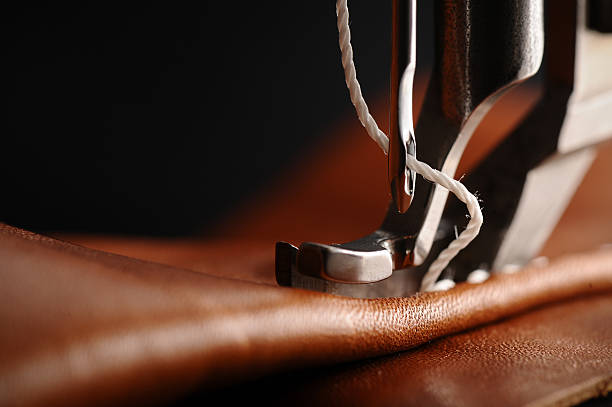
The Best Tooling Leathers
Milton Sokol & Co. Tooling Leather

Finding the perfect piece of leather for your crafting project just got easier. The Milton Sokol & Co. pre-cut tooling leather is a dream to work with. It scores high in every aspect—it tools well, cuts smoothly, and molds perfectly. Whether you're shaping it, carving it, or imprinting on it, this leather is a breeze to handle.
It also accepts dyes and oils beautifully, making it extremely versatile. You no longer have to struggle with uneven shades or blotchy coloring. Plus, it's pre-cut, so there's no waste. You get the exact amount you need for your project, every single time. This is the kind of luxury that turns a tedious task into a joy. It's our favorite tooling leather due to its great color, premium quality, and smooth texture.
ELW Tooling Leather

The ELW tooling leather set is the ultimate companion for all your leather craft projects. With a wide range of thickness and weight options, this bundle is specifically designed for tooling, stamping, embossing, engraving, water molding, and dyeing, no matter the size of the project.
The tanned leather is made from the first layer of the hide, known as tree cream (cake) skin leather. It's 100% natural full-grain leather, imported from European young steers and bulls. Unlike cowhides, this bull hide leather is not weak. It's tanned with Italian tech and natural vegetable oils, ensuring superior quality. With no holes and beginner-friendly characteristics, you can start your leather crafting journey with confidence.
Muse Craft Tooling Leather

The Muse Craft tanned tooling leather is a high-quality option that's a dream to work with. Perfect for crafting wallets, purses, and all kinds of accessories, it's like a blank canvas just waiting for your creativity to bring it to life. The size is generous, providing ample space for you to experiment and create.
This tooling leather also has a flawless finish. It's got a thickness that's ideal for tooling, carving, dyeing, and embossing. It's not too thick that it's unwieldy, but not too thin that it lacks durability. The texture is smooth and the feel of the leather is incredibly rich. It's A-grade, full-grain veg tan leather, which means it's made from the best part of the hide and has undergone minimal processing.
Jeereal Tooling Leather

This firm, full-grain tooling leather by Jeereal is crafted from thick cowhide, and it doesn't just offer style but also unmatched durability. It's perfect for all your crafts, tooling, carving, and hobby workshop needs. It also comes in a creamy color, adding an extra touch of elegance to your projects.
When it comes to versatility, you're set to make belts, wallets, or even leather bookmarks with this tooling leather. Plus, it's handmade, ensuring it holds its shape no matter what you're crafting. This material is the real deal for all your leather crafting needs. It's got the quality, the thickness, and the versatility you need to take your leather projects to the next level.
Toprank Tooling Leather

The Toprank genuine leather tooling sheets are perfect for practically any project you can dream up. The pre-cut 12x12 size is ideal for various purposes. It's a high-quality cowhide that's sturdy yet flexible, and it's the ideal thickness for most crafting needs.
The best part of this tooling leather is its natural tan color. It gives an authentic, rustic charm to any item, whether it's a wallet, a belt, or a journal cover. And better still, this leather is easy to work with. It cuts easily, holds an impression, and dyes beautifully. If you're ready to take tooling crafting projects to a whole new level, this is the product for you.



















